SsangYong Tivoli vs Volvo XC40 – Which one offers the better deal?
Everyday use, family trips or long-distance drives – here’s where the differences show.
Discover whether SsangYong Tivoli or Volvo XC40 fits your lifestyle better.
Here’s where it gets real: The technical differences in detail
Costs and Efficiency: When it comes to price and running costs, the biggest differences usually appear. This is often where you see which car fits your budget better in the long run.
SsangYong Tivoli has a significantly advantage in terms of price – it starts at 21400 £, while the Volvo XC40 costs 36800 £. That’s a price difference of around 15342 £.
Fuel consumption also shows a difference: the Volvo XC40 manages with 6.50 L and is therefore hardly perceptible more efficient than the SsangYong Tivoli with 7 L. The difference is about 0.50 L per 100 km.
Engine and Performance: Under the bonnet, it becomes clear which model is tuned for sportiness and which one takes the lead when you hit the accelerator.
When it comes to engine power, the Volvo XC40 has a slightly edge – offering 197 HP compared to 163 HP. That’s roughly 34 HP more horsepower.
In terms of top speed, the SsangYong Tivoli performs barely noticeable better – reaching 181 km/h, while the Volvo XC40 tops out at 180 km/h. The difference is around 1 km/h.
There’s also a difference in torque: the Volvo XC40 pulls hardly perceptible stronger with 300 Nm compared to 280 Nm. That’s about 20 Nm difference.
Space and Everyday Use: Whether family car or daily driver – which one offers more room, flexibility and comfort?
Both vehicles offer seating for 5 people.
In curb weight, the SsangYong Tivoli is evident lighter – 1375 kg compared to 1688 kg. The difference is around 313 kg.
In terms of boot space, the SsangYong Tivoli offers evident more room – 720 L compared to 452 L. That’s a difference of about 268 L.
In maximum load capacity, the SsangYong Tivoli performs slight better – up to 1440 L, which is about 112 L more than the Volvo XC40.
When it comes to payload, Volvo XC40 to a small extent takes the win – 532 kg compared to 455 kg. That’s a difference of about 77 kg.
Our conclusion: The SsangYong Tivoli proves to be has the upper hand and thus becomes our DriveDuel Champion!
Overall, SsangYong Tivoli is the better all-rounder in this comparison.
SsangYong Tivoli
The SsangYong Tivoli is a compact SUV that seamlessly blends style with practicality, making it an appealing choice for urban drivers. Its sleek design is complemented by a well-crafted interior, offering a comfortable and spacious experience for passengers. With its reliable performance and modern features, the Tivoli stands out as a versatile option in the competitive compact SUV market.
details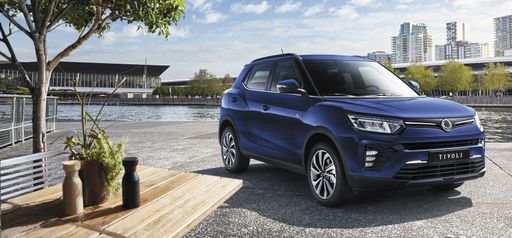 @ Ssangyong
@ Ssangyong
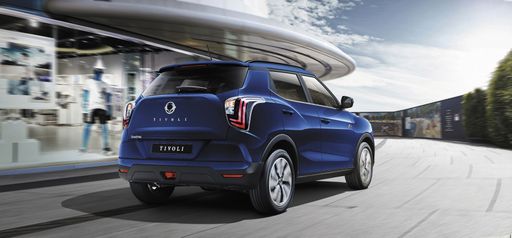 @ Ssangyong
@ Ssangyong
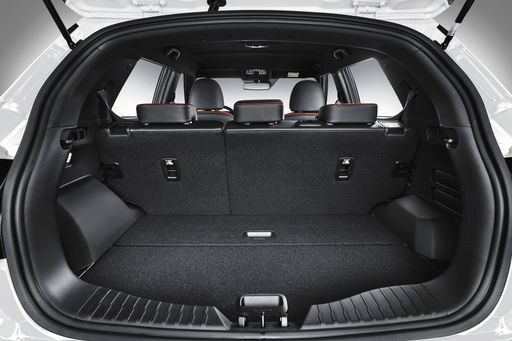 @ Ssangyong
@ Ssangyong
Volvo XC40
The Volvo XC40 is a standout model in the compact SUV segment, offering a delightful blend of Scandinavian design and practicality. Its interior is both stylish and functional, featuring premium materials and innovative storage solutions that make every journey comfortable. The car's performance is smooth and responsive, with advanced safety features ensuring peace of mind for drivers and passengers alike.
details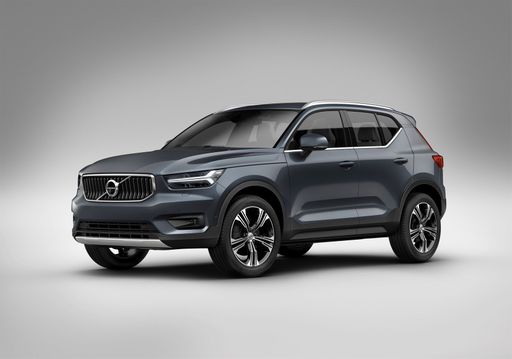 @ media.volvocars.com
@ media.volvocars.com
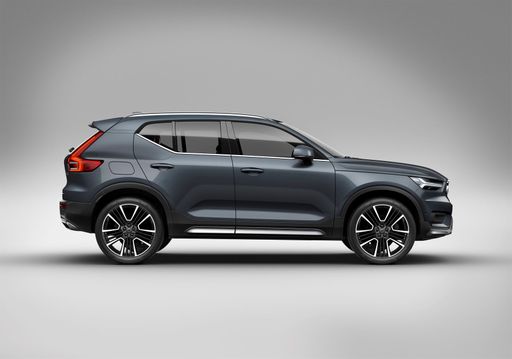 @ media.volvocars.com
@ media.volvocars.com
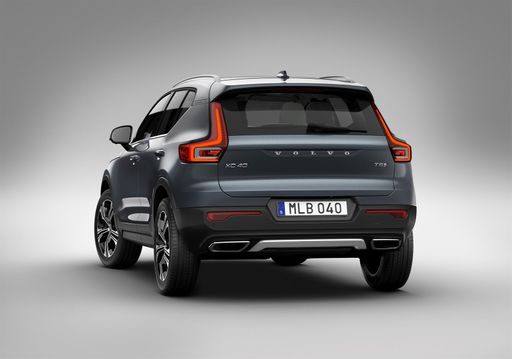 @ media.volvocars.com
@ media.volvocars.com
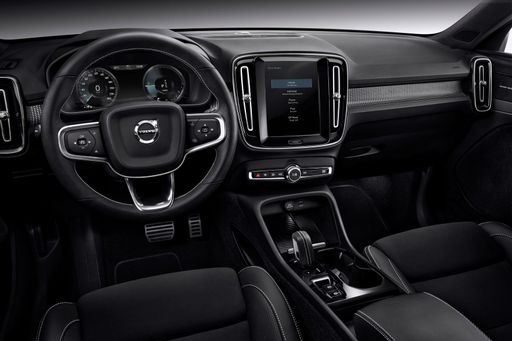 @ media.volvocars.com
@ media.volvocars.com
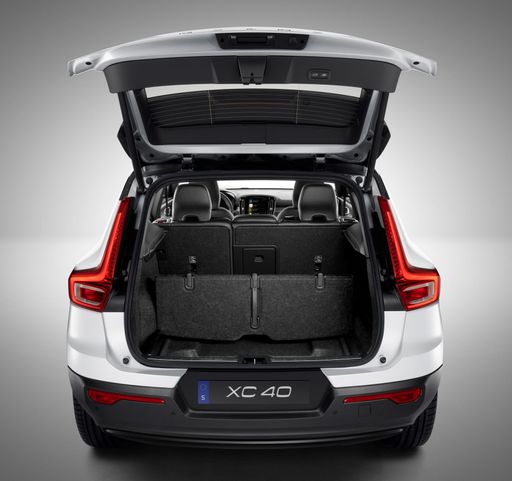 @ media.volvocars.com
@ media.volvocars.com

|

|
|
|
|
Costs and Consumption |
|
|---|---|
|
Price
21400 - 30300 £
|
Price
36800 - 47200 £
|
|
Consumption L/100km
7 - 8.3 L
|
Consumption L/100km
6.50 L
|
|
Consumption kWh/100km
-
|
Consumption kWh/100km
-
|
|
Electric Range
-
|
Electric Range
-
|
|
Battery Capacity
-
|
Battery Capacity
-
|
|
co2
161 - 191 g/km
|
co2
147 - 148 g/km
|
|
Fuel tank capacity
50 L
|
Fuel tank capacity
54 L
|
Dimensions and Body |
|
|---|---|
|
Body Type
SUV
|
Body Type
SUV
|
|
Seats
5
|
Seats
5
|
|
Doors
5
|
Doors
5
|
|
Curb weight
1375 - 1492 kg
|
Curb weight
1688 kg
|
|
Trunk capacity
395 - 720 L
|
Trunk capacity
452 L
|
|
Length
4225 - 4480 mm
|
Length
4425 mm
|
|
Width
1810 mm
|
Width
1863 mm
|
|
Height
1613 - 1646 mm
|
Height
1652 mm
|
|
Max trunk capacity
1115 - 1440 L
|
Max trunk capacity
1328 L
|
|
Payload
425 - 455 kg
|
Payload
532 kg
|
Engine and Performance |
|
|---|---|
|
Engine Type
Petrol
|
Engine Type
Petrol MHEV
|
|
Transmission
Manuel, Automatic
|
Transmission
Automatic
|
|
Transmission Detail
Manual Gearbox, Automatic Gearbox
|
Transmission Detail
Dual-Clutch Automatic
|
|
Drive Type
Front-Wheel Drive, All-Wheel Drive
|
Drive Type
Front-Wheel Drive
|
|
Power HP
163 HP
|
Power HP
163 - 197 HP
|
|
Acceleration 0-100km/h
-
|
Acceleration 0-100km/h
7.6 - 8.6 s
|
|
Max Speed
175 - 181 km/h
|
Max Speed
180 km/h
|
|
Torque
260 - 280 Nm
|
Torque
265 - 300 Nm
|
|
Number of Cylinders
4
|
Number of Cylinders
4
|
|
Power kW
120 kW
|
Power kW
120 - 145 kW
|
|
Engine capacity
1497 cm3
|
Engine capacity
1969 cm3
|
General |
|
|---|---|
|
Model Year
2021 - 2024
|
Model Year
2024
|
|
CO2 Efficiency Class
F, G
|
CO2 Efficiency Class
E
|
|
Brand
SsangYong
|
Brand
Volvo
|
What drive types are available for the SsangYong Tivoli?
Available configurations include Front-Wheel Drive or All-Wheel Drive.
The prices and data displayed are estimates based on German list prices and may vary by country. This information is not legally binding.
